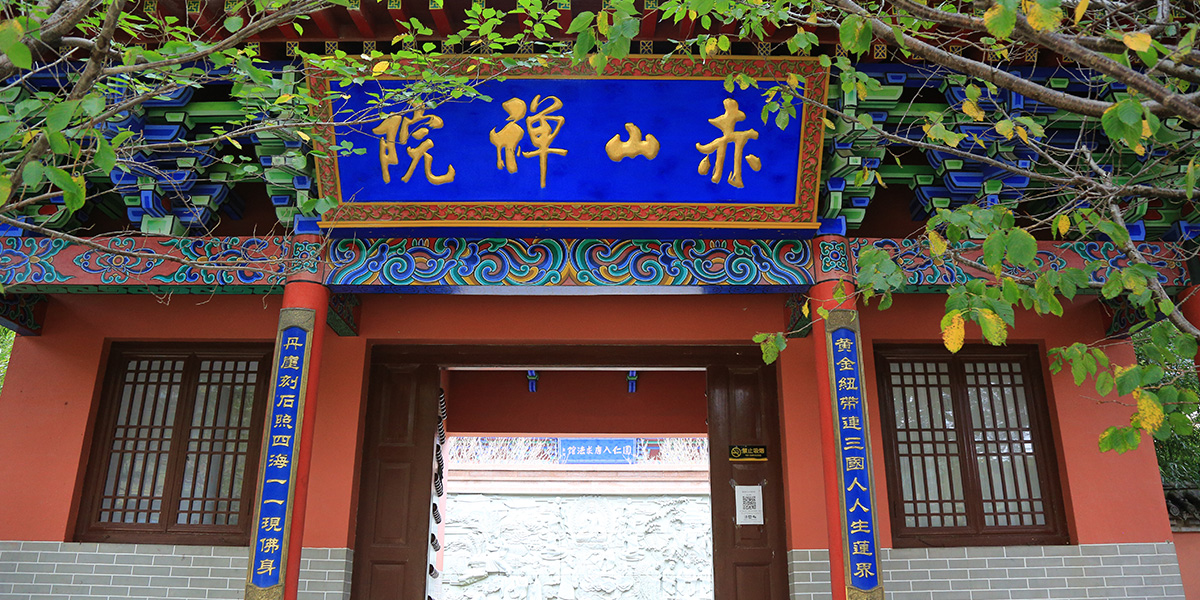Chishan Buddhist Temple is located to the west side of Jixiang Ping'an Valley. This Tang-style building is composed of Yuanren Ru Tang Qiu Fa Guan: the hall of Ennin, and Chishan Ge the pavilion. The whole temple covers 16,000 meters squared and the building covers over 3,000 meters squared. The first hall consists five themes: his conversion to Buddhism, his arduous journey at sea, his acquaintance with Master Cijue, his pursuing trips, and his final success, demonstrating the history of Buddhism in Sui and Tang Dynasties, Master Ennin’s pursuit to Tang for Dharma and establishing Chishan Temple on the way home. The temple is built along the mountain, solemn and dignified, making a magnificent view. Ennin is a third-generation disciple of Master Jianzhen. During his visit in China for almost ten years, he has traveled to seven provinces, including Jiangsu, Shandong, Hebei, Shanxi, Shaanxi, Henan and Anhui. On his journey, he had abhiseca, learned Sanskrit and Chinese, and studied Exoteric Buddhism of Fahua and Esoteric Buddhism of Mantra. He’s also been copying scriptures and painting Mandala, sparing no effort in studying and absorbing. At the same time, he had extensive contacts with the officers, monks, and the people of China at that time, and witnessed the stories that occurred during that era with his own eyes. His ten-year experience has been recorded in his Nitto Guho Junrei Gyoki.

In Chishan Ge are three floors demonstrating the profound Buddhist culture: on the first floor are a statue of Shakyamuni, on the second floor a statue of Jianzhen, and on the third floor statue of Guanyin Bodhisattva. The murals include: Shakyamuni's Eight Elements of Harmony on the first floor; Biography of Chinese Eminent Monks on the second floor; and Four Great Chinese Bodhisattva on the third floor.
